
The heroine and the harem
‘A rare rose to add to my garden…’ How will Aida, heroine of Song of the Nile, feel about visiting a prince’s harem?

‘A rare rose to add to my garden…’ How will Aida, heroine of Song of the Nile, feel about visiting a prince’s harem?

Home for me in Egypt is Alexandria, the Bride of the Mediterranean, the centre of the Mediterranean world in ancient times – and the location of the Pharos of Alexandria.

In Song of the Nile, Aida is a woman who has felt the sharp sting of betrayal, leaving her wounded and wary. Dare she trust again?

When you think of Ancient Egypt, no doubt you think of mummies. But why exactly did the Egyptians preserve people in this way, and how?
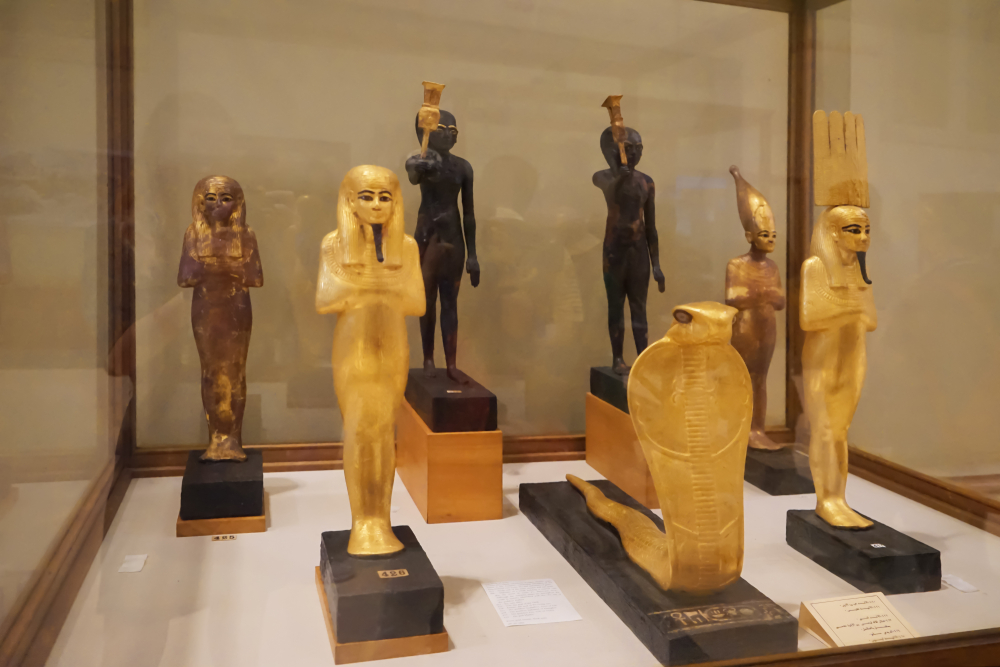
Running through Song of the Nile is a dark thread: the trafficking and smuggling of precious antiquities that belong, by right, to the Egyptian people.

Do you read ebooks? If not, you’re missing out on some great advantages…
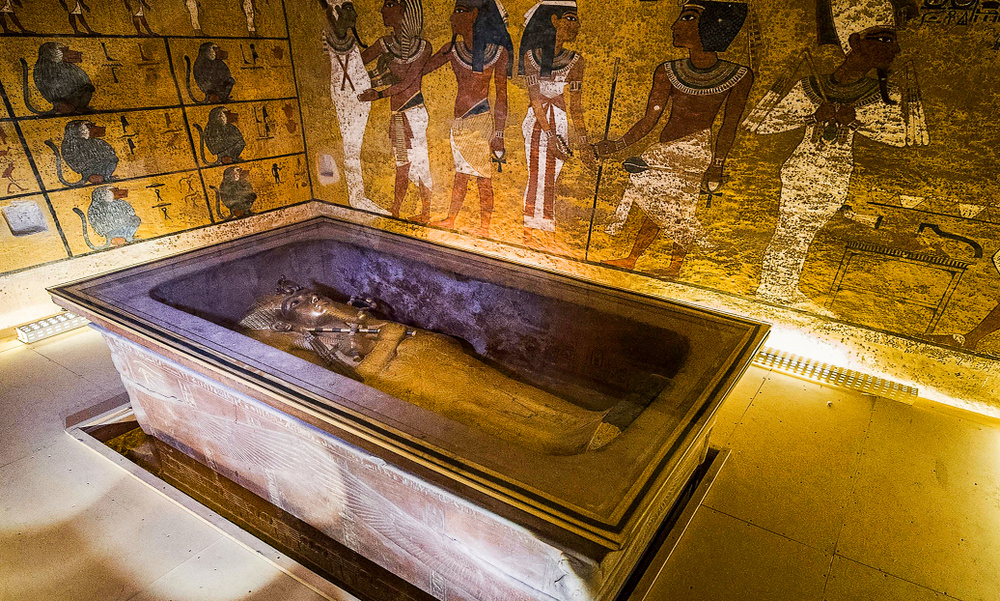
There is no more renowned discovery in Egyptology than the tomb of Tutankhamun. Let me take you back to the early 1920s and tell you the story of the greatest find of our time…

The Arabian horse breed can be traced back thousands of years. ‘Thou shalt fly without wings and conquer without swords’ is how the Quran refers to this horse.
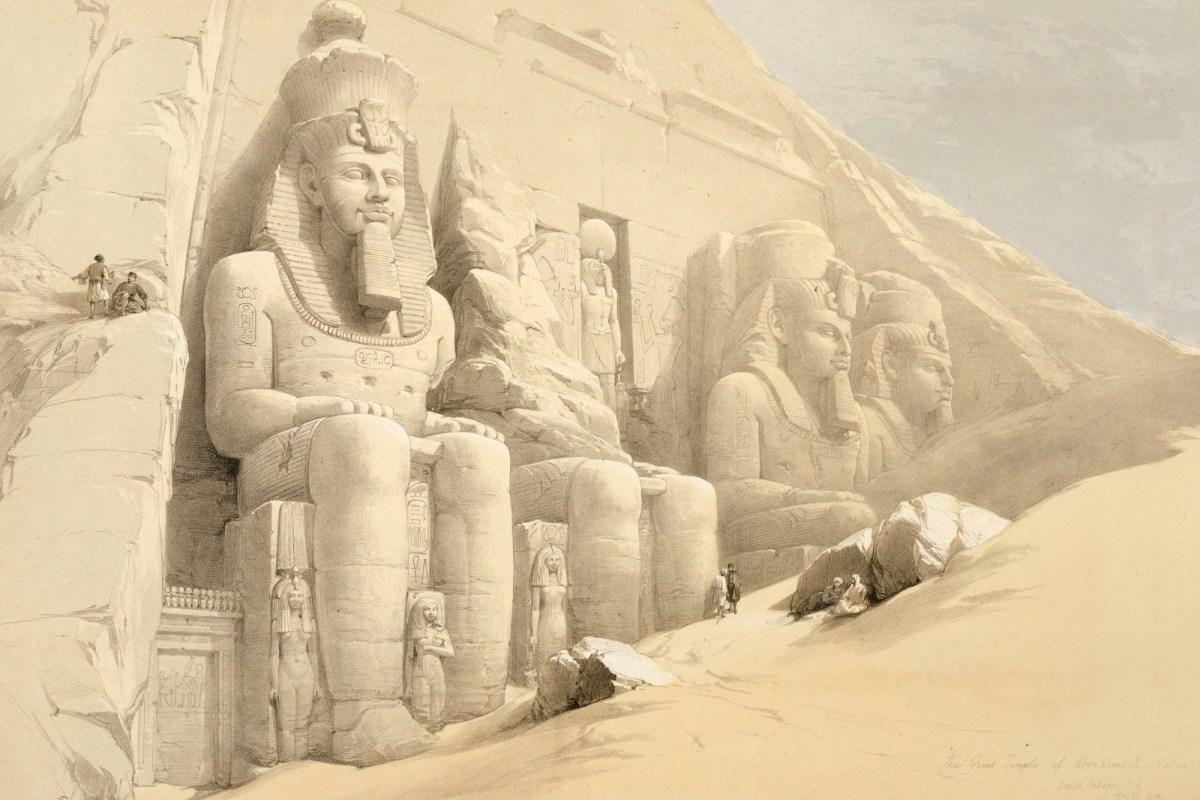
Inspiration for my novel Song of the Nile, the artworks of 19th-century painter David Roberts…

A place of great significance to many people, Coptic Cairo, with its famous Hanging Church, is one of my favourite parts of the city.
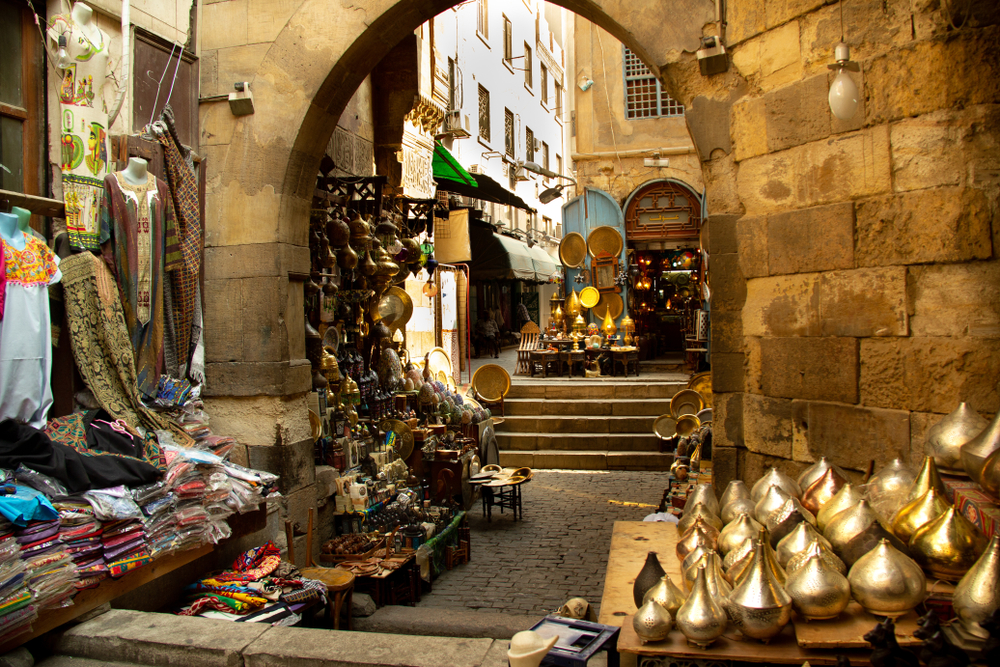
In Song of the Nile, Phares and Aida explore a famous and historic part of Cairo: the Khan el-Khalili bazaar and souk.
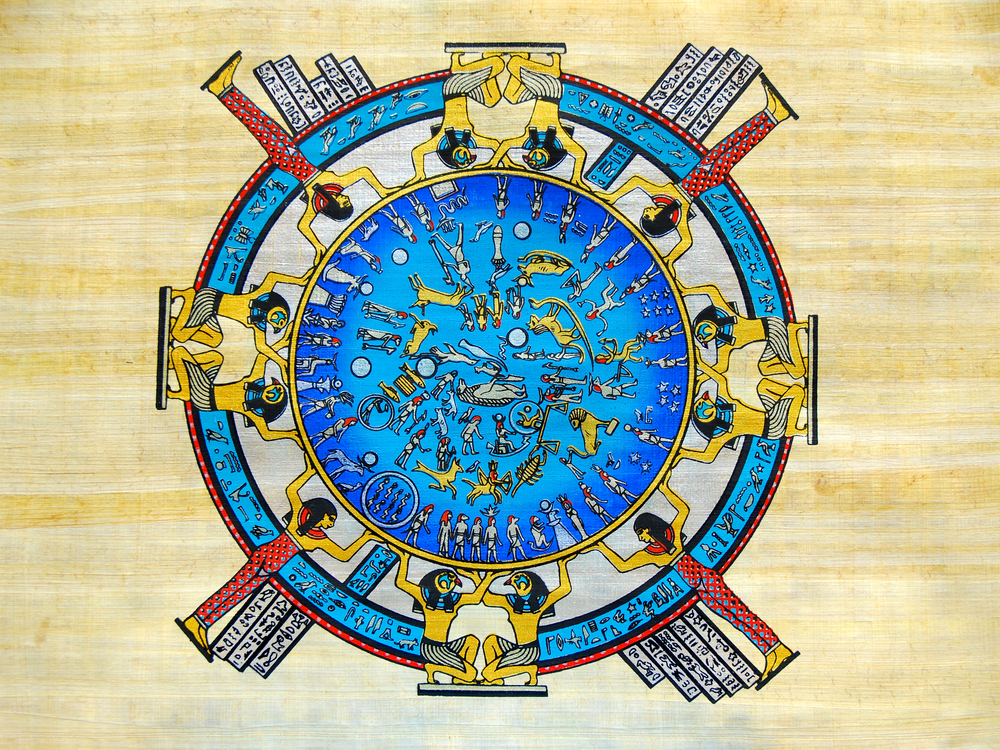
For the ancient Egyptians, there was great meaning in the heavens above. The planets and stars could help you understand who you were and what would happen in the future.
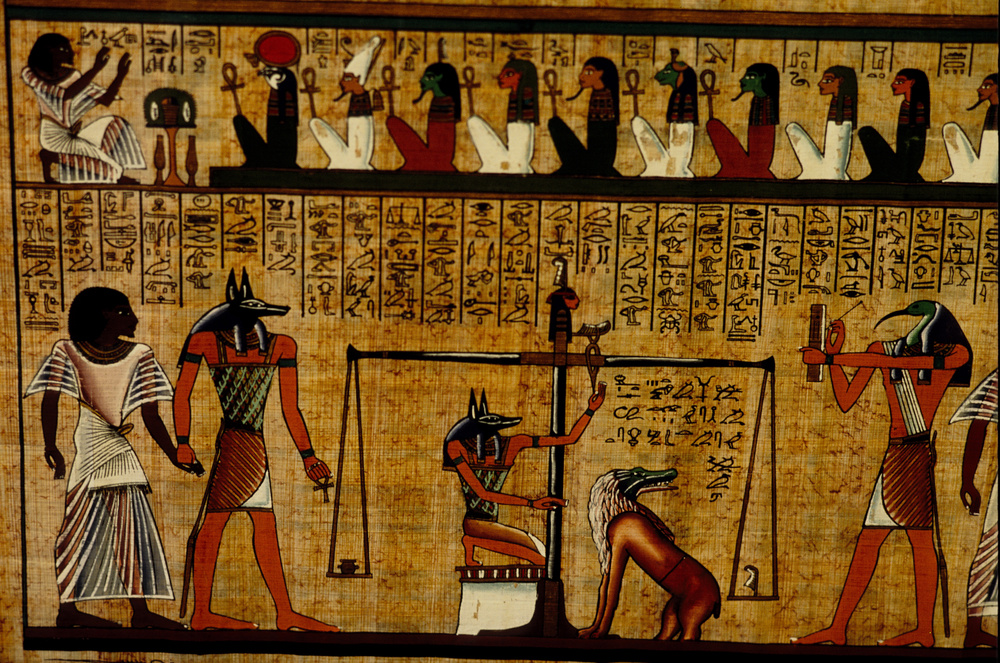
How would a pharaoh’s spirit navigate to the glorious afterlife? For ancient Egyptians, the answer was simple: follow the funerary texts, a kind of ‘afterlife guidebook’.

The largest temple complex ever built with a construction history spanning 2,000 years, Karnak is one of the most important ancient sites in Egypt.
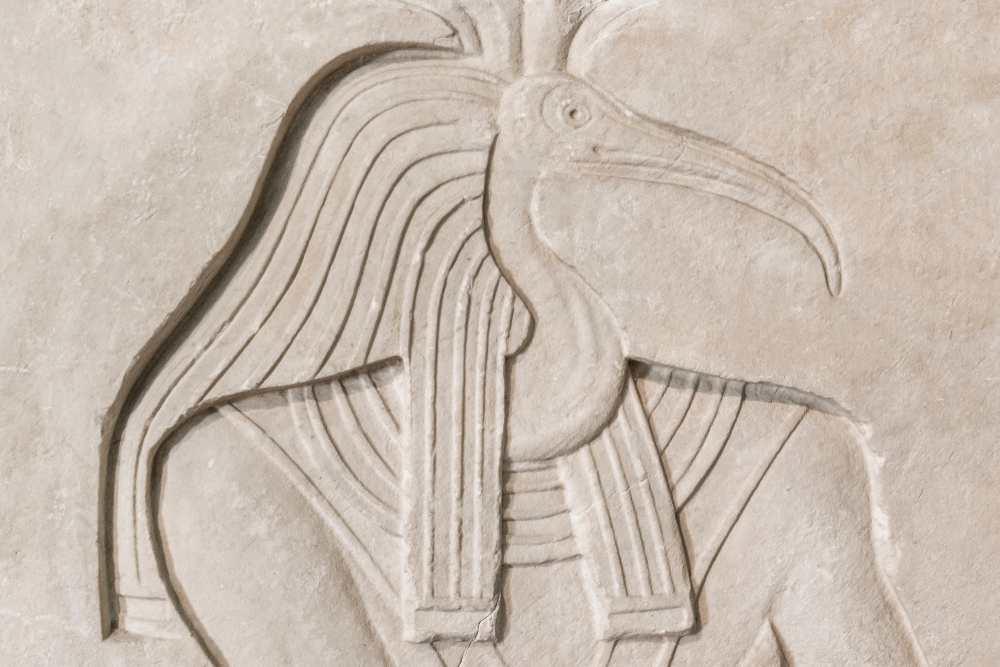
Every country has its proverbs, little sayings passed down from generation to generation that impart wisdom and tell truths, and Egypt is no exception.
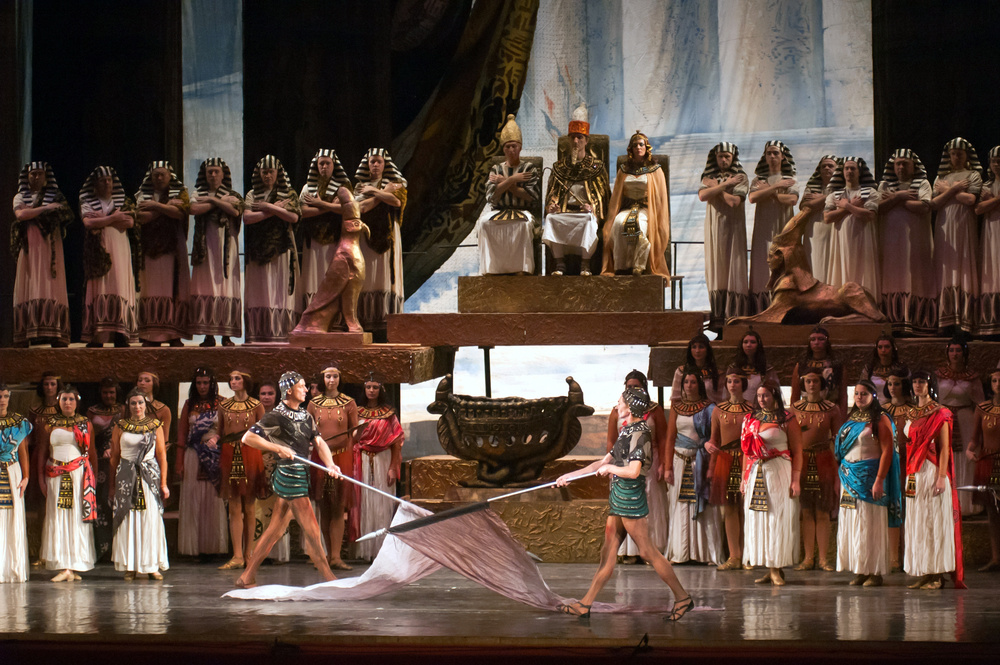
The heroine of my novel Song of the Nile is named Aida for the opera – a passionate, dramatic story of love and tragedy.
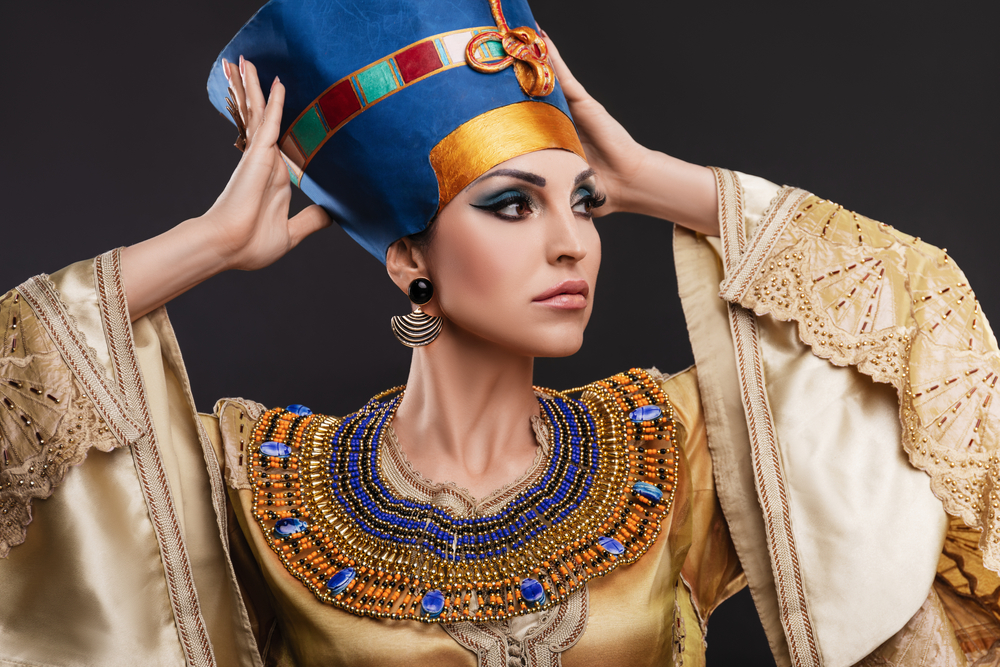
What did it mean to be both royal and female in ancient times? How much autonomy and power did royal women hold? Was it as glamorous as a Cleopatra movie?
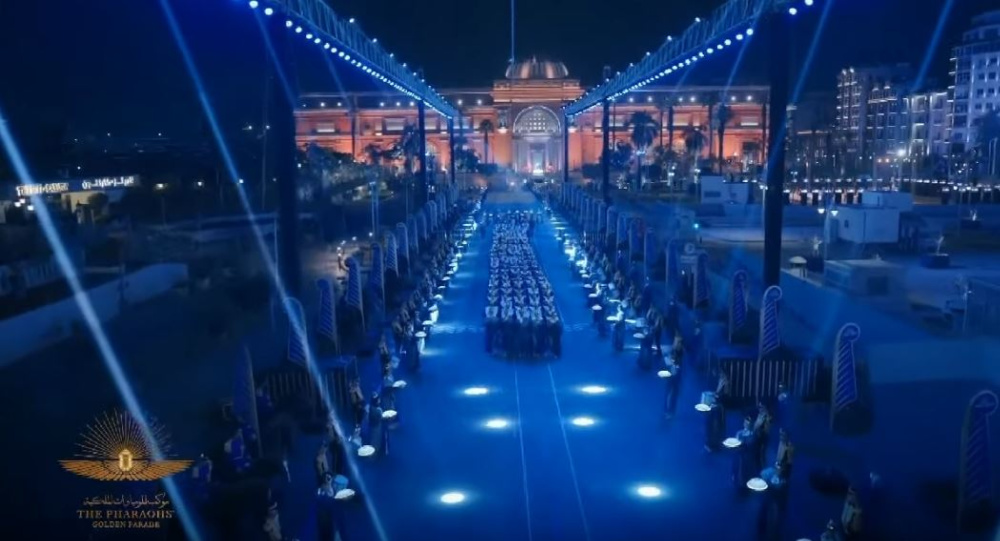
Saturday was a very big day for the people of Egypt: with great fanfare, eighteen of their ancient kings and four of their queens were transported through Cairo to their new resting place.
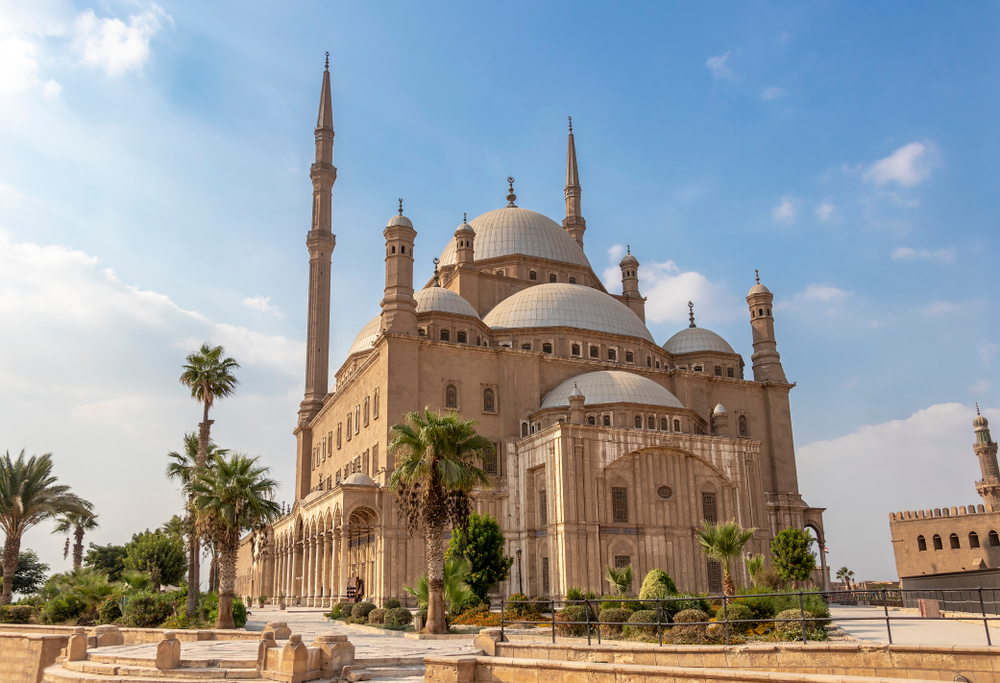
One of the great landmarks of the city, visible from all over, the so-called Alabaster Mosque is a place of great beauty and reverence, a ‘must see’ if you visit Cairo.

I love to cook, and I explore cuisines from all over the world in my kitchen. Writing a new novel is the perfect reason to try out recipes from a new country! For Song of the Nile, I returned to dishes from my childhood, growing up in Egypt – in particular, my favourite sweet treat, basbousa.

How is it we can understand the hieroglyphs of the ancient Egyptians today? Two amazing breakthroughs made this possible: the discovery of the Rosetta Stone and the work of French scholar Jean-François Champollion.
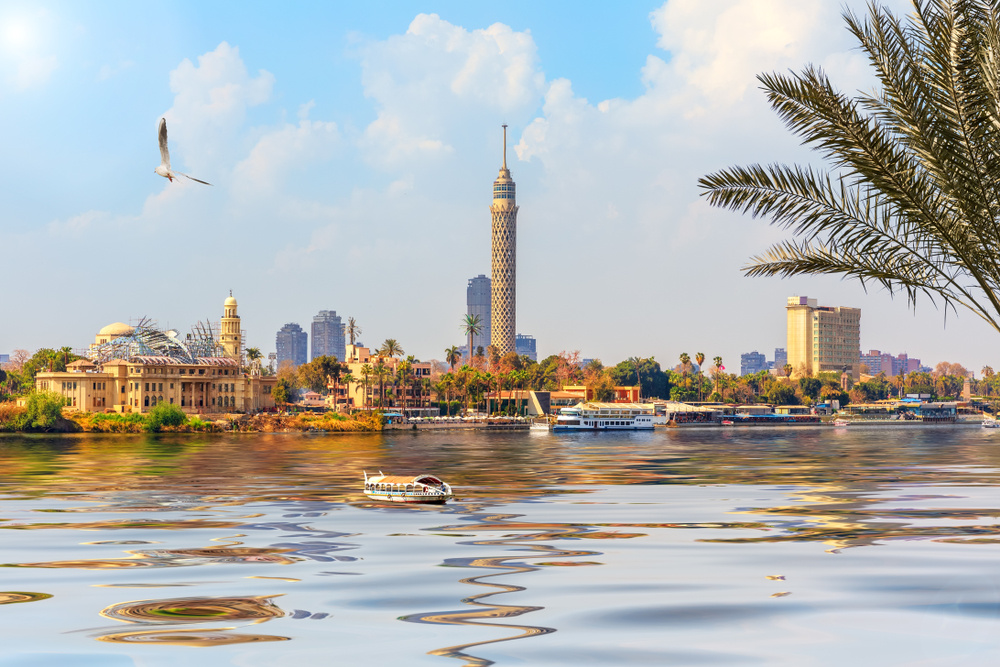
Gezireh Island is my favourite part of Cairo, for I lived here for many happy years with my husband and children. It’s a beautiful, multicultural place, and is home to several places of historical and cultural interest. Let me take you on a little tour…

Traveller, writer, Egyptologist – Amelia Edwards was a legend of the 19th century, and she continues to be an inspiration to this day.

After the hardships of World War II, it was such a luxury for a young woman to purchase new, fashionable clothes. So it is for Aida in Song of the Nile, when she returns home to Egypt and explores the fashion scene of Cairo.
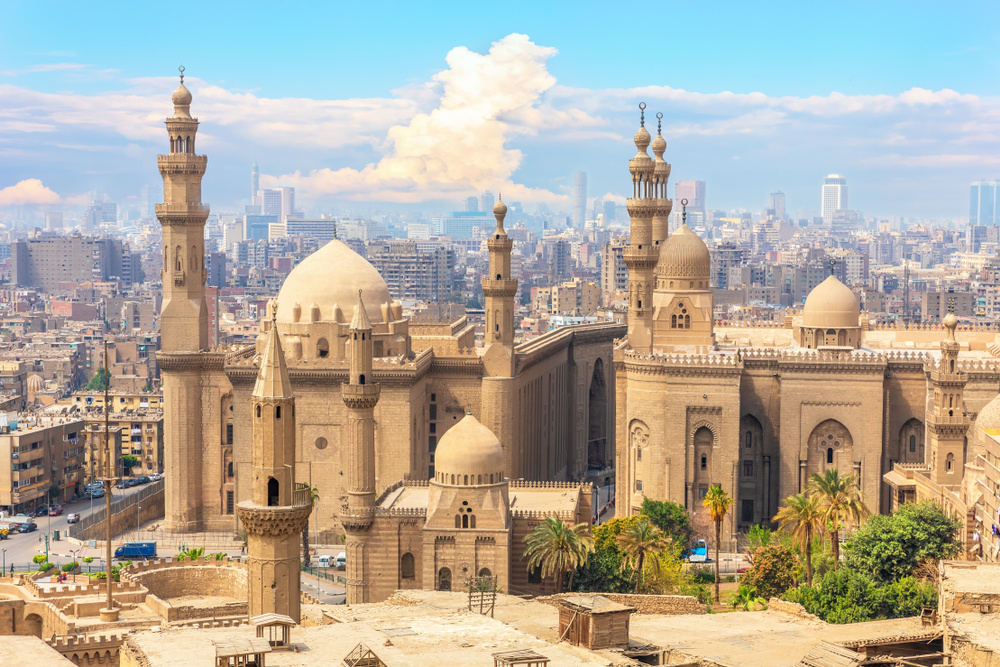
‘Englishwomen in morning cottons, French and Italian girls in summer dresses, young Egyptian women with black abbas wrapped around their heads, men in tweeds or long white kaftans, a majestic sheikh in richly embroidered silks’ – welcome to the melting pot of 1940s Cairo.

One of my favourite buildings in Cairo is the Bayt Al-Suhaymi, by the Khan el Khalili bazaar and souk. With its shady latticed mashrabiya windows, it reminds me of illustrations in the Arabian Nights, tales I would read as a child.
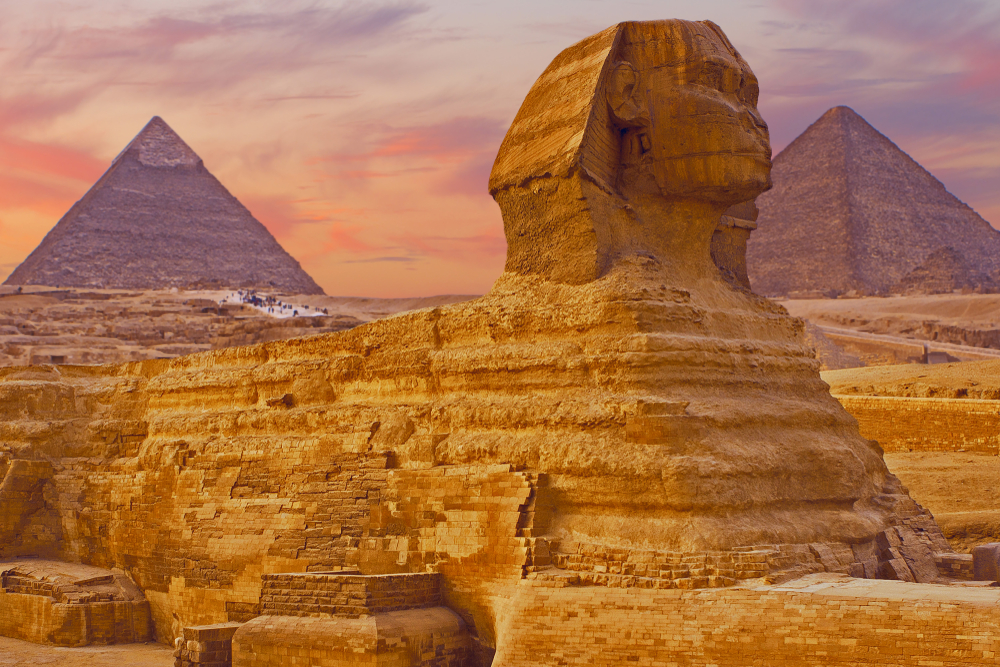
One of the biggest and the oldest statues in the world, the Great Sphinx of Giza is renowned for its mystic look which speaks of eternal secrecy.
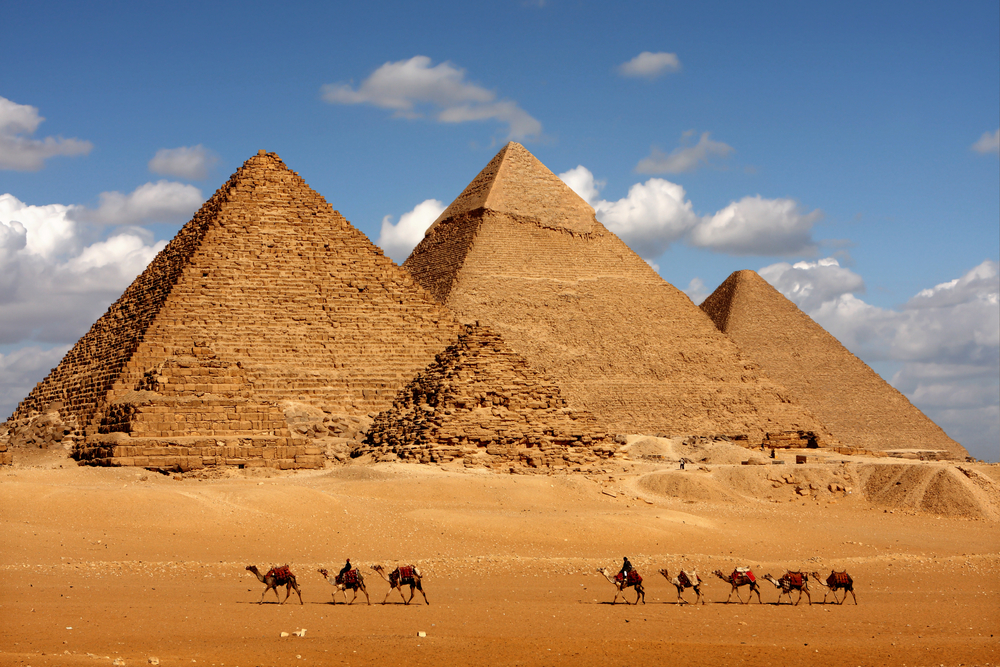
‘Mute witnesses to centuries of history, presiding over the graceful shadowy sand hillocks of the Arabian Desert and dark clusters of palm trees, towering up into the clear sky.’ The pyramids of Giza – what better backdrop for the first kiss of Aida and Phares in my novel Song of the Nile?

Is mutual understanding, respect and admiration enough to make a marriage work for Aida? Or does she need more – is love fundamental?
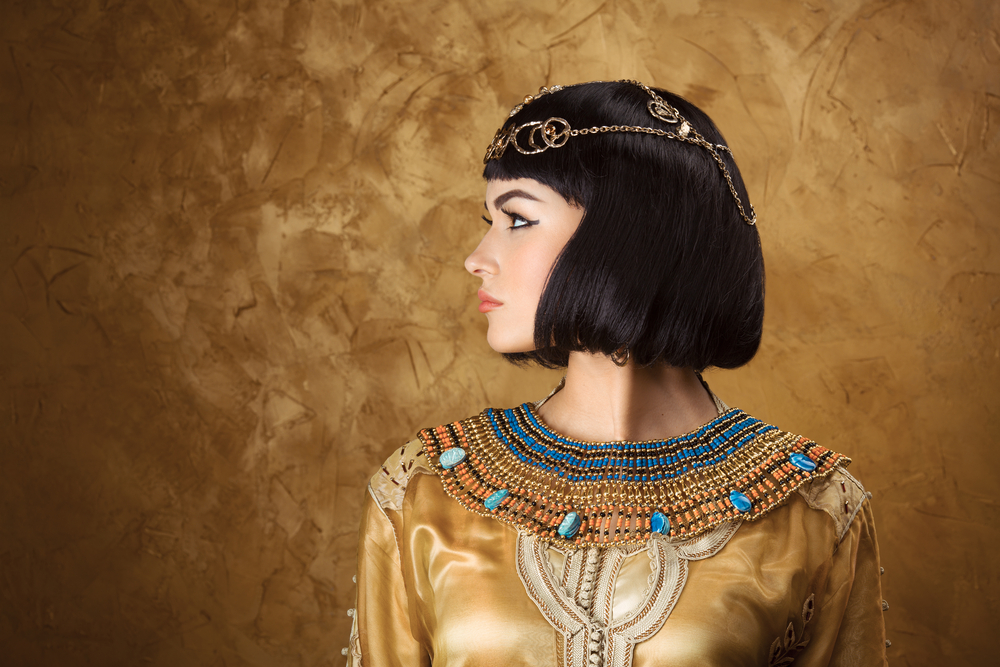
Beautiful Ancient Egyptian jewellery features in my new novel, Song of the Nile. Thanks to the gifts of her father, a keen archaeologist and Egyptologist, Aida has a huge collection of magnificent pieces: earrings, necklaces, bracelets, arm bands and headpieces dating back as far as the Hellenistic period.
Subscribe to my mailing list. I promise: no spam, only valuable information.